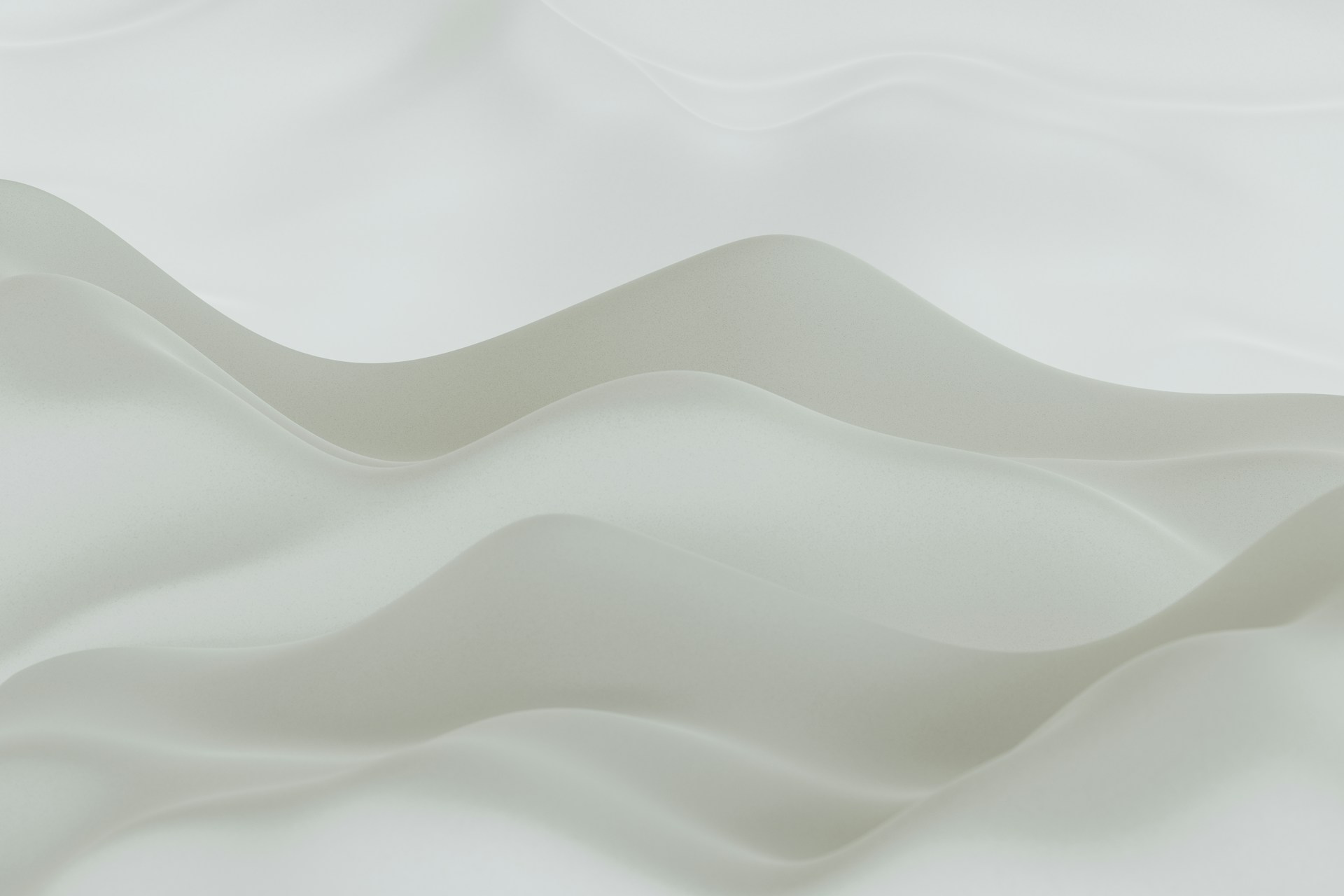Minimalism is a design philosophy that has been around for decades, and it has evolved over time. This philosophy is based on the idea that less is more, and the design should be simple and clean.
The roots of minimalism can be traced back to the mid-20th century. The design was influenced by the works of artists like Frank Stella, Donald Judd, and Dan Flavin. These artists created simple geometric shapes and used them as the basis for their minimalistic works. This style of art became known as Minimalism.
In the 1960s, minimalism was adopted by architects and designers. They saw the potential of this design philosophy and started implementing it in their work. They stripped down buildings and furniture to their most basic elements, creating a functional and sleek look.
The 1980s saw a surge in minimalism. The design was used in fashion, music, and advertising. The sleek and simple aesthetic was embraced by designers and consumers alike. It was during this time that the Bauhaus movement, which focused on functionalism and simplicity, was re-evaluated.
In the 1990s, minimalism continued to grow in popularity. With the rise of technology, minimalism became even more important. Technology allowed designers to create products with fewer parts, leading to an even more minimalist look. Apple, with its simple and sleek designs, became the poster child for minimalist design.
In recent years, minimalism has become even more prevalent. As the world becomes more complex, people are looking for simplicity. Minimalism offers a way to simplify our lives and our surroundings.
The evolution of minimalism has led to several different styles of the design. One of these is brutalism. Brutalist design is characterized by its use of raw materials, like concrete and steel. The design is often asymmetrical and has a rough, unfinished look. Another style is Japanese minimalism. Japanese minimalism emphasizes the use of natural materials like wood and stone. The design is simple and focuses on the beauty of natural materials.
Today, minimalism is everywhere. It’s in our homes, in the products we buy, and in the buildings we work in. The design philosophy has evolved to suit the needs and desires of people living in the modern world.
In conclusion, the evolution of minimalism has been influenced by many factors. From the birth of minimalism in the art world to the rise of technology, minimalism has grown and changed over time. Its focus on simplicity and functionality is more relevant today than ever before, as people strive to simplify their lives and their surroundings. As we move forward, it will be interesting to see how minimalism continues to evolve and influence the world around us.














